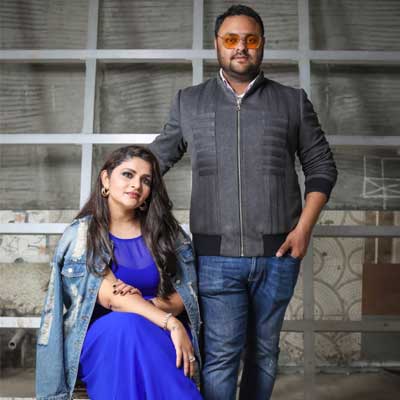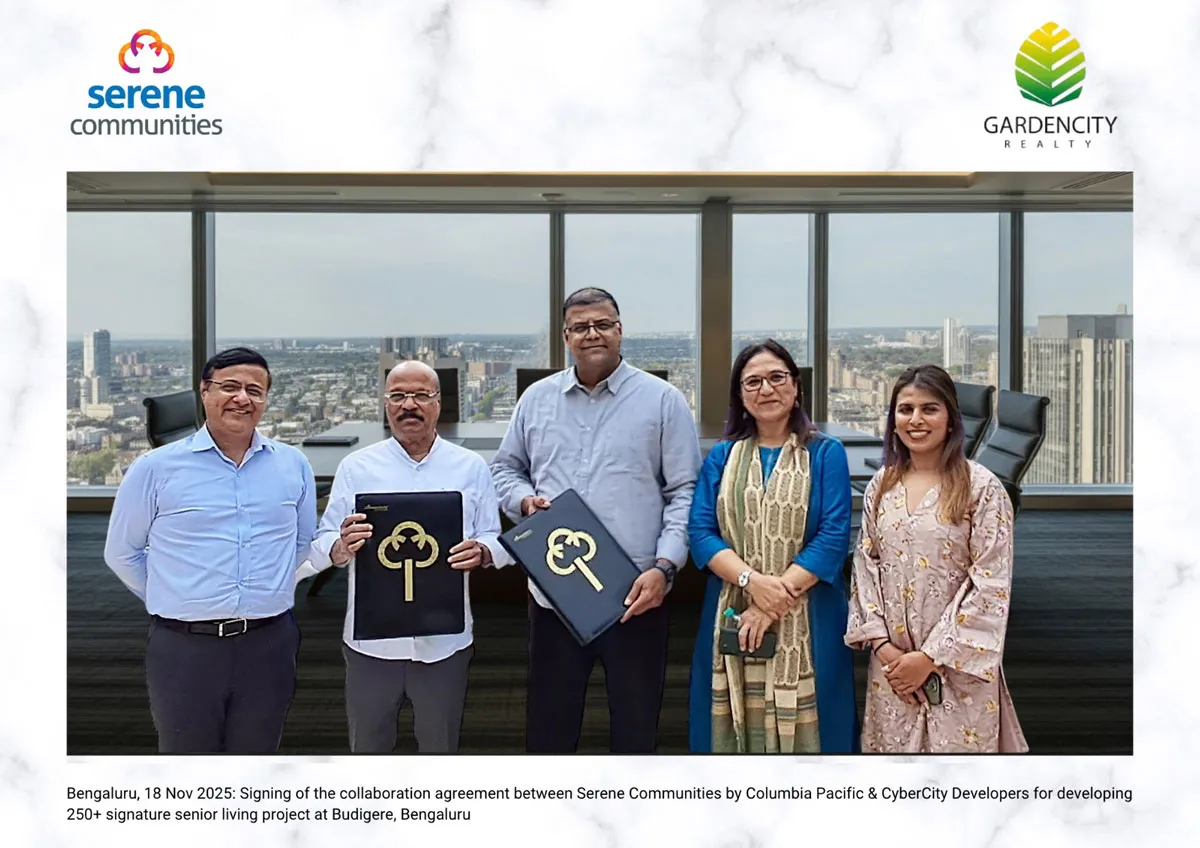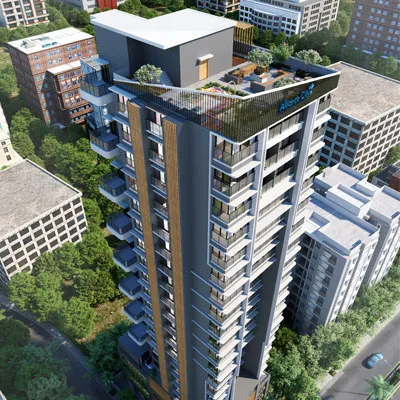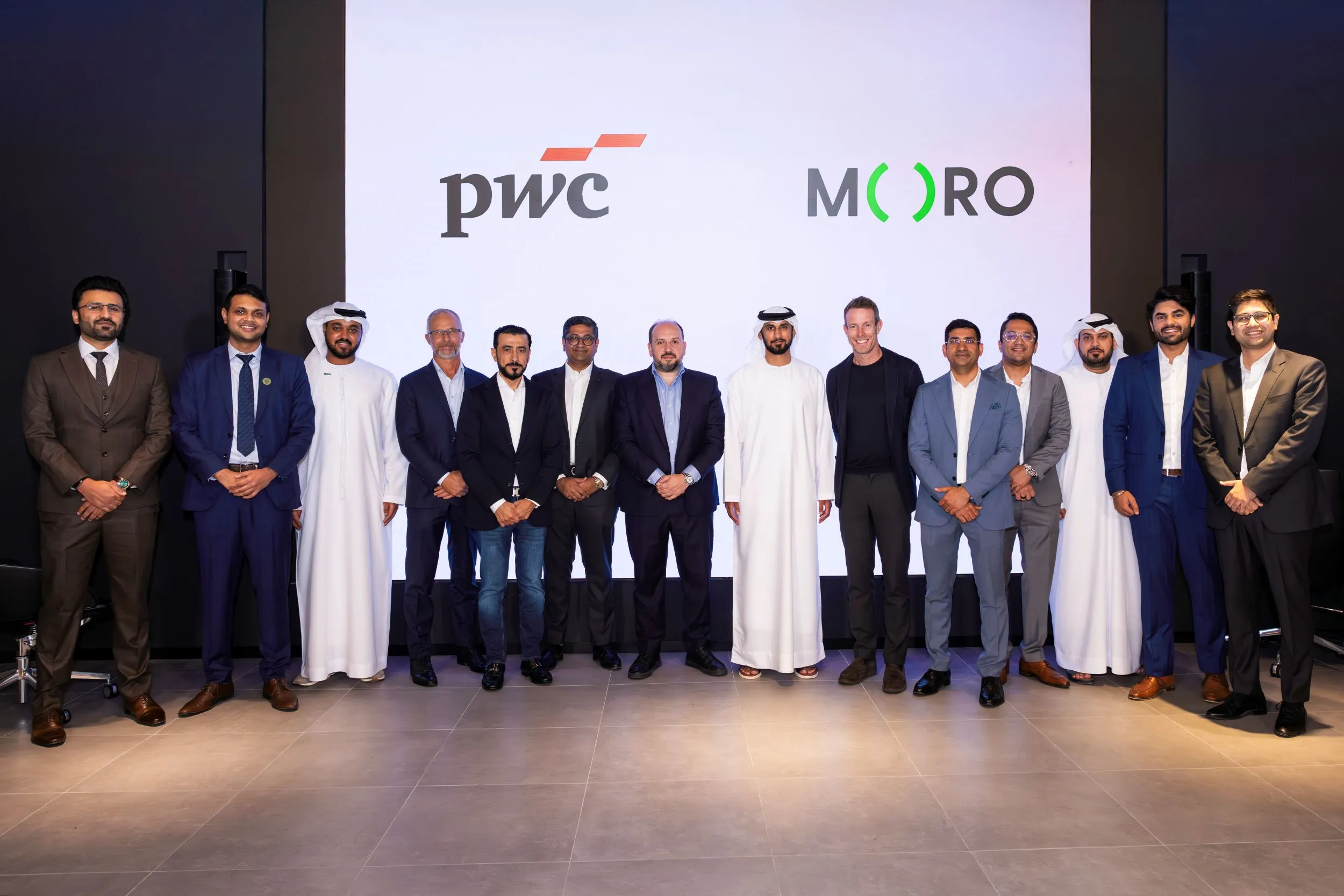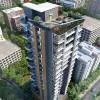AMPM Designs, derived from the initials of the principal designers, Akash Mehta and Poonam Mehta is one of India’s top luxury interior design firm in Pune. With a combined experience of over 26 years, the duo has created magic with their skilful and experimental designs. Poonam is an alumnus of the prestigious University of Arts (London) and Akash is a well-known designer with an in-depth knowledge of lighting. They have won several international awards of repute, apart from glowing mentions in prestigious publications such as Forbes, Elle Decor, and Times Luxury Interiors.
CW Design-Build talks to Poonam Mehta about their design philosophy, the context of luxury in design, the importance of lights in interiors and much more.
What is your vision for AMPM Designs?
As a design firm, Akash & I both want to craft out projects that are bespoke individuals. We believe that a space is crafted for an individual. I have also been very curious to know how a space changes the behaviour and personality of a person or vice versa, and that is what drives me.
At AMPM Designs we pursue this concept and make it larger into projects.
What does luxury mean to you in the context of design?
Luxury, I think is very personal to each one. For someone, it could be buying a very expensive car, while for some it could be just having a space crafted for them. What we think of luxury as is not just the material but personalising the space for the clients.
Anyone can buy a fancy sofa and place it in their homes, what we do is curate a family crest that is very personal to that home and include it in their bed linens, furnishings etc. That kind of personalisation is very luxurious according to us.
What is your approach to design when it comes to balancing visual appeal with functionality?
Clearly for us at AMPM Design, the ‘function should follow the form’. As soon as we finalise designing a space, the first thing we do is understand the functionality of the client by sitting down with them and understanding their day to day activities. We get to know their schedules, the kind of people they are, what they do – this understanding of their lifestyle helps us design pieces of furniture that resonate with them. We choose the colour and home objects also based on the clients’ preferences. We ask them to share images of things they like to understand their perspective and that helps us personalise their homes interiors for them.
Take us through your design process from conception and design to final build.
When we meet a client for the first time, the first thing I tell them is that we won’t rush into the design. We love to meet them more and make them comfortable to understand more about their dream project or dream home. We understand them as a family, we even seek the opinions of their kids.
Once we have all the details, we develop a presentation of design ideas and show that to our clients, walk them through our ideas and once they choose and pick what they like we move on to 3D models. These models are a great way to get clarity and there is no grey area for the client as well.
On approval, we move to construction. Through this process also educate the client on the various new products available in the market, automation wise etc. We ask them if they need something more. With our design and new technology, we try to give them an upgrade from their previous place.
How do you integrate sustainable features with aesthetics while designing?
The first sustainable feature that we incorporate in our design process is to refurbish the client’s old furniture. When most people move, they usually do away with older furniture and buy everything new. Our aim to save that cost for them and use the good material to make something that can be useful in the new house.
Apart from this, we work a lot on energy saving with our lighting design. Akash is a professional lighting designer and what we bring together is ‘Interior & Lighting Design’. While we design lights for any project we think about day-light saving, power saving etc.
Using automation in lighting we create ambience and energy saving which reflects greatly on the electricity bills.
What is the importance of correct lighting in your projects? Give examples.
Lighting is one of the most important aspects for us. I believe that is how we stand out as a firm. Our designs are created keeping in mind the lighting. We pay attention to small details like which wall to highlight and where to give a shadow. We play a lot with light and strongly recommend that to be a part of any interior design. For example, if someone has a large ceiling, it cannot be just divided into parts and different lights should be added to it. We avoid glares or place them in such a manner that when one is sitting at a place it doesn’t hit their heads as that may cause strain and irritation.
How do you ensure that each of your projects bears your signature?
A couple of our clients have noticed that there is a signature style that shows in our projects. Although every project is designed differently, the common theme here is that we minutely detail every space.
If there is wood, marble and metal used together, we give a lot of thought to how it looks and what the ends are like. I like to add a little bit of history to modern design and that’s a running theme in most of our projects.
How has your design philosophy changed over time, especially in the light of the pandemic?
As a design firm, I believe we should all just stay positive. In terms of work, it has opened up a lot of avenues. The process is slow at the moment due to the lack of a workforce. We are experiencing that clients are looking forward to having a good design at home and even in terms of spends. So that is what has changed in the pandemic.
What changes have you perceived in your clients, especially in Pune (in terms of demands, awareness, aesthetics, their idea of luxury etc.)?
As people have been living a lot more indoors, their perception of a home has changed. Families have been getting more involved in their household. Our clients are looking at multi-functionality spaces. Making office spaces and a guest bedroom in one. We have clients who love watching movies and since they haven’t been able to have a theatrical experience, we are incorporating a system in the home with recliners and acoustic panels.
Also, women are now choosing equipment differently which help them rely less on help. Families are making sure that they have everything to make their lives simpler, less dependent and less complicated.
We are also suggesting clients have less clutter in their spaces. We advise them to keep some spaces for future expansion and also educate them that not all spaces need to be full. This we have also realized as a design firm.
Tell us about the projects you are working on currently.
We are currently working on a 30,000 sq ft house for a prominent actor of South India, in Pune we are working on multiple residential projects and builder offices.
What advice would you like to give to aspiring designers?
Always keep the fire in you alive. There will be pitches that won’t work or clients who may not resonate with your design but just keep working. I believe there is a great potential for good work to click. Everyone has a unique style and there will be a community that will love it. You just have to wait to hit the right market and keep doing the good work. Your one big break will happen and will highlight you in the industry.
I believe that it is your experience and awareness that keeps you at the top of your game. Whenever someone asks my age, I always tell them that I am just getting started. My advice would be to stay young in design.
